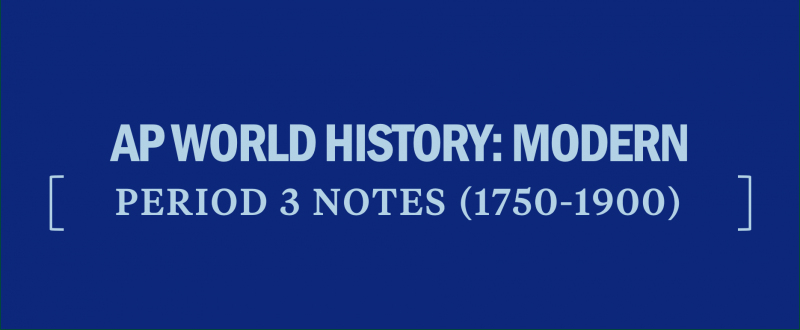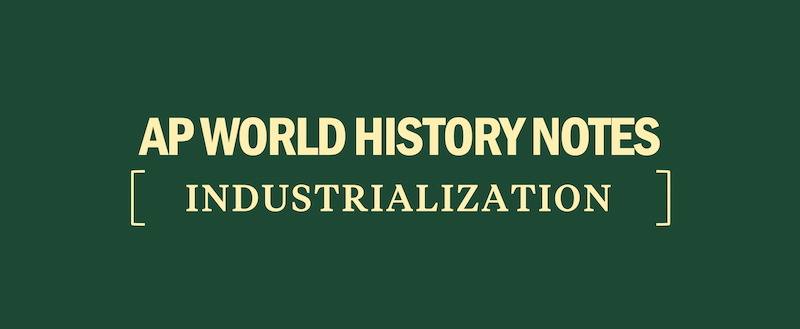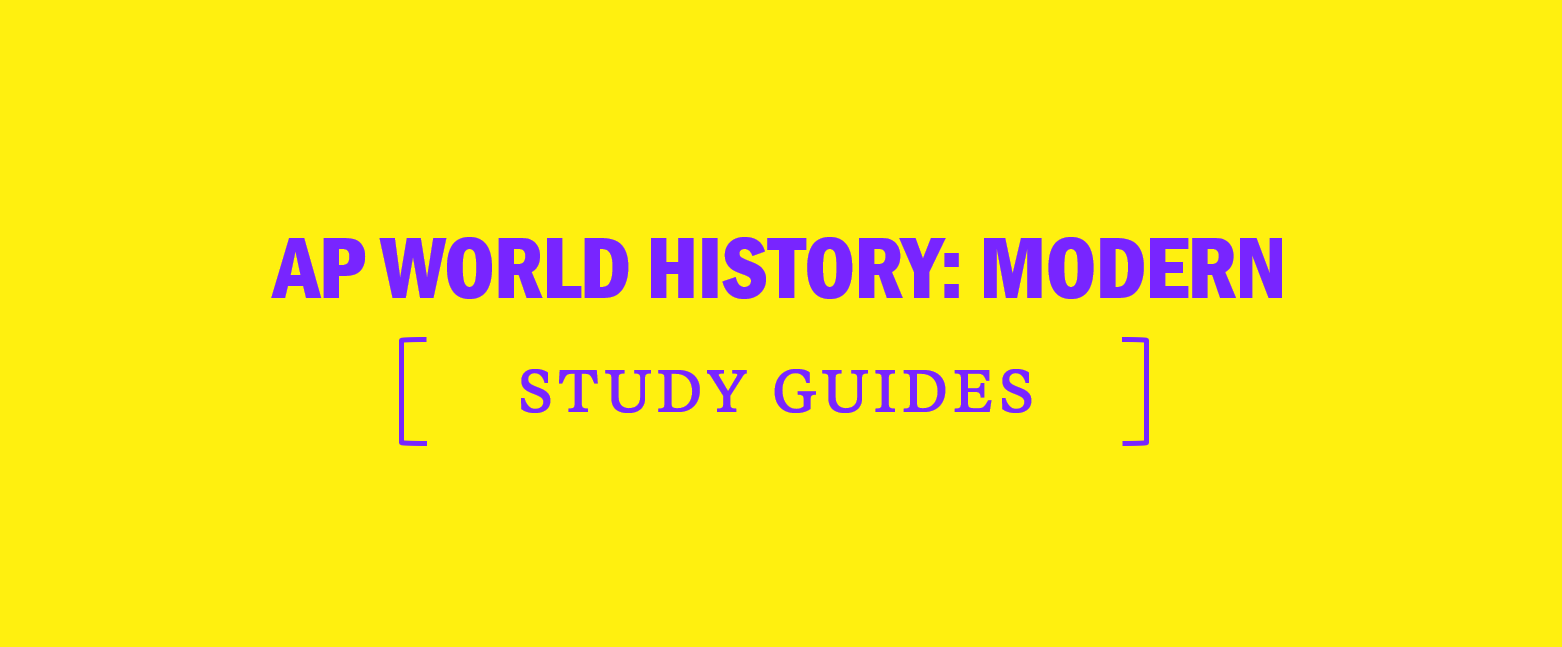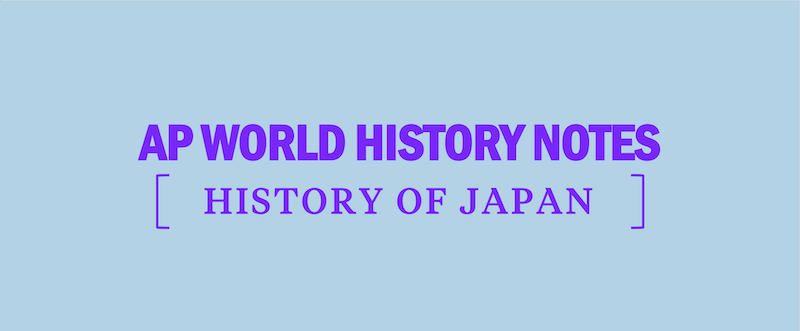AP World History Exam: Document-Based Question
Section II of the AP World History exam is divided into two parts: the document-based question (DBQ) and the long-essay question. The first part of Section II is the document-based question (DBQ). This essay asks you to think like a historian; it will ask a specific question and present 4 to 10 related documents. Essentially, you are the historian who will take these sources and draw conclusions based on your analytical skills. The DBQ evaluates historical understanding at its purest: the task is not to remember facts but to organize information in an analytical manner.
If the AP World History DBQ prompt and accompanying documents cover something well outside the mainstream, don’t panic! The exam writers do this on purpose. The other essay on the exam—the long essay question—will evaluate your knowledge of history, but the DBQ evaluates your ability to work with historical material, even material with which you’re less familiar. Writing the DBQ is a skill that can be learned much like any other skill, and these strategies will help you hone that skill.
Organizing Your Response
The 100 minutes for Section II of the AP World History exam is divided into two parts: the first 15 minutes is the suggested reading and organizing time, and the last 85 minutes is the suggested essay writing time. The proctor will make timing announcements, and it is recommended that you spend 45 minutes writing the document-based question, and 40 minutes writing the long essay question. However, you will not be forced to move from reading to writing, or from the DBQ to the long essay, if you’re not yet ready.
You will want to spend the first 10 minutes of the suggested reading period on the DBQ since this essay requires the most preparation time. Use the remaining five minutes to read and prep for the long essay question.
- First, read the AP World History DBQ prompt. Underline the words that are most relevant to your task.
- Second, read the documents. Most of the first 10 minutes of the suggested reading period will be used to review the documents and organize them into groups for analysis. Each of the 4 to 10 documents will have a number above a box. Inside the box will be information about the source of the document, which is very important as you will see later, and the document itself.
Documents can be of many different sorts. They can be pictures, photographs, maps, charts, graphs, or text. Written documents are usually excerpts of much longer pieces that have been edited specifically for the exam. They could be from personal letters, private journals, official decrees, public speeches, or propaganda posters. Obviously, the nature of the source should guide you in how you analyze the document. Often, students have a harder time analyzing the visual and graphic sources than the written sources. Even so, use all of the documents in your essay, treating the non-written sources with the same attention as the written ones.
All of the essay questions on the AP World History exam will be presented in a booklet. Feel free to write notes in this booklet as you read the documents and to underline important words in both the source line and the document itself. Nothing in the booklet is read as part of the essay scoring. Use the generous margins for notes that will help you group the documents together and discuss their points of view.
Once you have finished reading and have made short notes of all of the documents, reread the question. Again, note what the question asks. If you have not done so already, mark which documents address the different issues that the question includes. Group the documents by their similarities. At this point, you should be able to draw enough conclusions to organize a strong, analytical thesis.
At the end of the 15 minutes, the proctor will announce that the time is up for the suggested reading period. If you have not yet finished reading and organizing your essays, take a few more minutes to finish up. A few students might be ready to write before the end of the reading period, but most find that the given time is just about right.
Scoring
According to the College Board, a high-scoring AP World History DBQ response will:
- respond to the question with an evaluative thesis that makes a historically defensible claim. The thesis must consist of one or more sentences located in one place—either in the introduction or the conclusion. Neither the introduction nor the conclusion is necessarily limited to a single paragraph.
- describe a broader historical context immediately relevant to the question that relates the topic of the question to historical events, developments, or processes that occur before, during, or after the time frame of the question. This description should consist of more than merely a phrase or a reference.
- explain how at least one additional piece of specific historical evidence (beyond those found in the documents) relates to an argument about the question. This example must be different from the evidence used to earn credit for contextualization, and the explanation should consist of more than merely a phrase or a reference.
- use historical reasoning to explain relationships among the pieces of evidence provided in the response and how they corroborate, qualify, or modify the argument made in the thesis. In addition, a good response should utilize the content of at least six documents to support an argument based on the question.
- explain how the documents’ point of view, purpose, historical situation, and/or audience is relevant to the argument for at least four of the documents.
To effectively prepare for the DBQ, it is important to understand what components are needed for a high-scoring response. The AP World History exam readers will be looking for proficiency in four reporting categories: Thesis/Claim, Contextualization, Evidence, and Analyzing and Reasoning. The readers use a rubric similar to the following to determine your raw score, which can range from 0-7.
| Reporting Category | Scoring Criteria | Decision Rules |
|---|---|---|
| Thesis/Claim (0-1 pt) | Responds to the prompt with a historically defensible thesis/claim that establishes a line of reasoning. (1 pt) | To earn this point, the thesis must make a claim that responds to the prompt rather than restating or rephrasing the prompt. The thesis must consist of one or more sentences located in one place, either in the introduction or the conclusion. |
| Contextualization (0-1 pt) | Describes a broader historical context relevant to the prompt. (1 pt) | To earn this point, the response must relate the topic of the prompt to broader historical events, developments, or processes that occur before, during, or continue after the time frame of the question. This point is not awarded for merely a phrase or reference. |
| Evidence (0-3 pts) | Evidence from the Documents: Uses the content of at least three documents to address the topic of the prompt. (1 pt) OR Supports an argument in response to the prompt using at least six documents. (2 pts) | To earn one point, the response must accurately describe—rather than simply quote—the content from at least three of the documents. To earn two points, the response must accurately describe—rather than simply quote—the content from at least six documents. In addition, the response must use the content of the documents to support an argument in response to the prompt. |
| Evidence cont’d | Evidence Beyond the Documents: Uses at least one additional piece of the specific historical evidence (beyond that found in the documents) relevant to an argument about the prompt. (1 pt) | To earn this point, the response must describe the evidence and must use more than a phrase or reference. This additional piece of evidence must be different from the evidence used to earn the point for contextualization. |
| Analysis and Reasoning (0-2 pts) | For at least three documents, explains how or why the document’s point of view, purpose, historical situation, and/or audience is relevant to an argument. (1 pt) | To earn this point, the response must explain how or why (rather than simply identifying) the document’s point of view, purpose, historical situation, or audience is relevant to an argument about the prompt for each of the three documents sourced. |
| Analysis and Reasoning cont’d | Demonstrates a complex understanding of the historical development that is the focus of the prompt, using evidence to corroborate, qualify, or modify an argument that addresses the question. (1 pt) | A response may demonstrate a complex understanding in a variety of ways, such as: • Explaining nuance of an issue by analyzing multiple variables • Explaining both similarity and difference, or explaining both continuity and change, or explaining multiple causes, or explaining both cause and effect • Explaining relevant and insightful connections within and across periods • Confirming the validity of an argument by corroborating multiple perspectives across themes • Qualifying or modifying an argument by considering diverse or alternative views or evidence This understanding must be part of the argument, not merely a phrase or reference. |
Final Notes on How to Write the AP World History DBQ
Do:
- Take notes in the margins during the reading period relating to the background of the speaker and his/her possible point of view.
- Assume that each document provides only a snapshot of the topic—just one perspective.
- Look for connections between documents for grouping.
- In the documents booklet, mark off documents that you use so that you do not forget to mention them.
- As you are writing, refer to the authorship of the documents, not just the document numbers.
- Mention additional documents and the reasons why they would help further analyze the question.
- Mark off each part of the instructions for the essay as you accomplish them.
- Use visual and graphic information in documents that are not text-based.
Don’t:
- Repeat information from the historical background in your essay.
- Assume that the documents are universally valid rather than presenting a single perspective.
- Spend too much time on the AP World History DBQ rather than moving on to the other essay.
- Write the first paragraph before you have a clear idea of what your thesis will be.
- Ignore part of the question.
- Structure the essay with just one paragraph.
- Underline or highlight the thesis. (This may be done as an exercise for class, but it looks juvenile on the exam.)




